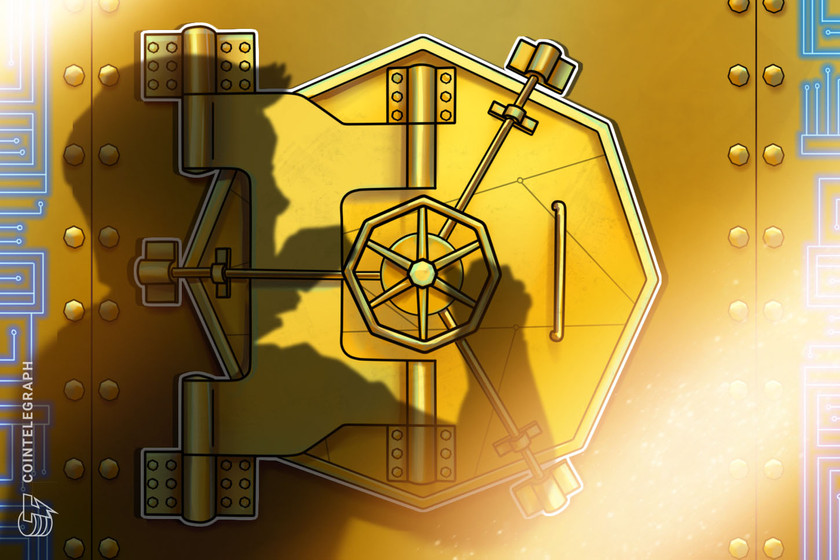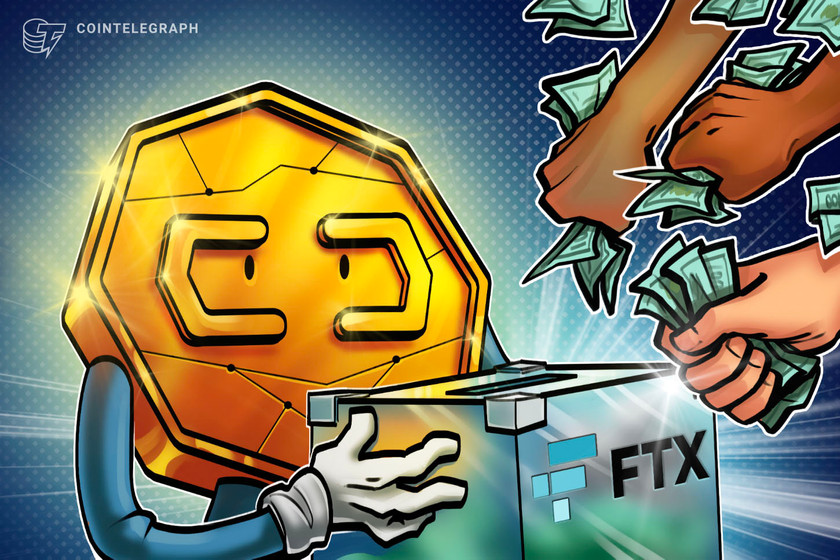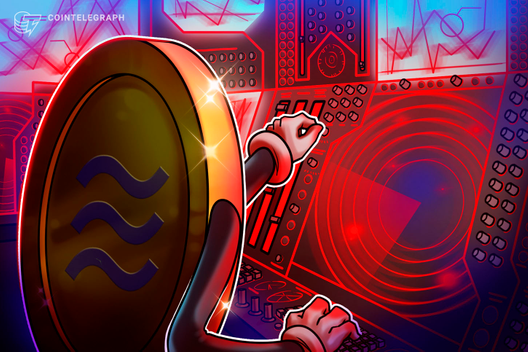Uniswap V2 Launches With Increased Security, But It Is Still Expensive
The second iteration of the Ethereum decentralized exchange Uniswap V2 exchange was launched on May 18, which follows a March 23 announcement that placed its launch in Q2 2020.
A blog post written by the Uniswap team details the steps taken to transition to the new platform.
Uniswap V1 will continue to exist as it cannot be shutdown like, for example, the old version of MakerDAO. Nevertheless, the team has set up an interface to migrate liquidity from V1 to V2.
The platform relies on users committing capital in liquidity pools, whose size defines the slippage amount during trades. Bigger size pools can thus accommodate larger trading amounts.
The Uniswap interface was updated for V2, and allows users to choose which version of the platform they wish to use. The interface also lets the user know which platform provides better liquidity and price, with V1 still being a better alternative for Ethereum to Dai trades, as Cointelegraph found out. It is expected that the reverse will be true as liquidity providers migrate to the new platform.
The team has also released an updated statistics platform to see liquidity and volume in real time.
Security improvements and flash swaps
As Cointelegraph previously reported, the new platform has three key improvements to usability and security. It now allows direct token-to-token swaps, which are particularly useful in stablecoin-to-stablecoin trades like USD Coin (USDC) to Dai (DAI). While these were possible before, they used Ether (ETH) as the intermediate step, which meant additional fees and slippage.
Uniswap V2 seeks to be a better price oracle for other decentralized finance (DeFi) projects, as the earlier design was abused in instances like the bZx hack.
It has also introduced a feature named flash swaps, which is similar to the flash loan provided by platforms like dYdX. The users can lend unlimited money from a liquidity pool, but they must return it within the same block, or the transaction is rendered invalid.
The flash loan is mostly useful for performing price arbitrage between different DeFi platforms, though Uniswap’s design can also be used to quickly enter leveraged positions on platforms like Maker or Compound.
The price of decentralization
Unlike some other decentralized exchanges, Uniswap’s liquidity pool model does not require finding counterparties for a trade, which can allow higher trading volumes compared to order book-based exchanges. Nevertheless, using Uniswap can get expensive.
The current liquidity provider fee amounts to the equivalent of $1.27 for a trade of 1 ETH into 211 DAI — approximately 0.6%.
Furthermore, the platform suffers from significant bid/ask spread. As of press time, buying ETH requires an estimated 213.3 DAI, while selling it only nets 211 DAI — a higher loss than just the trading fee. Buying and immediately selling 1 ETH would thus net a loss of more than 1%.
These are estimates, as the price can slip even more — especially for larger trades. While the majority of these problems are a result of low liquidity at launch, Uniswap V1 and even other exchange platforms like Kyber also suffer from similar spread issues.
The 1inch.exchange platform, which announced the support of Uniswap V2 as it launched, uses smart contracts to split a trade between multiple exchanges. This can help reduce the overall trading losses when entering the DeFi ecosystem.








